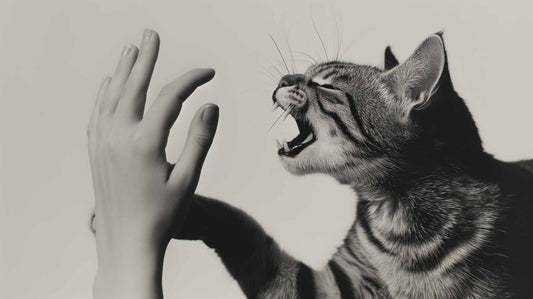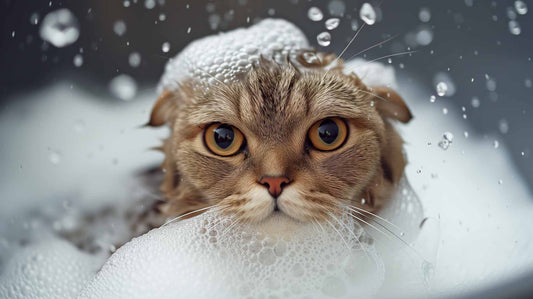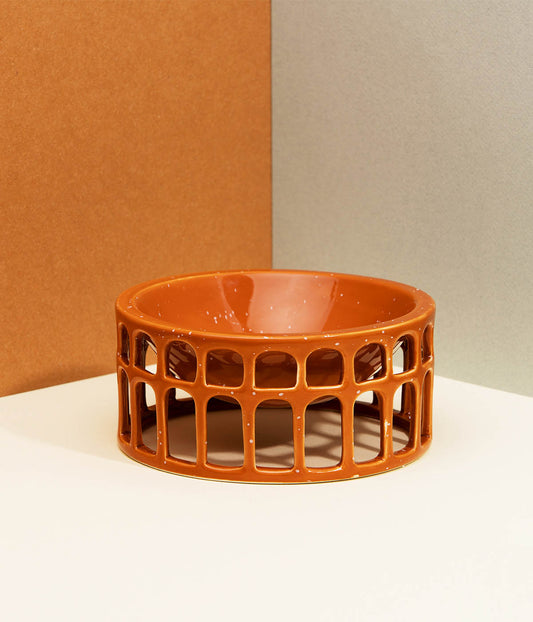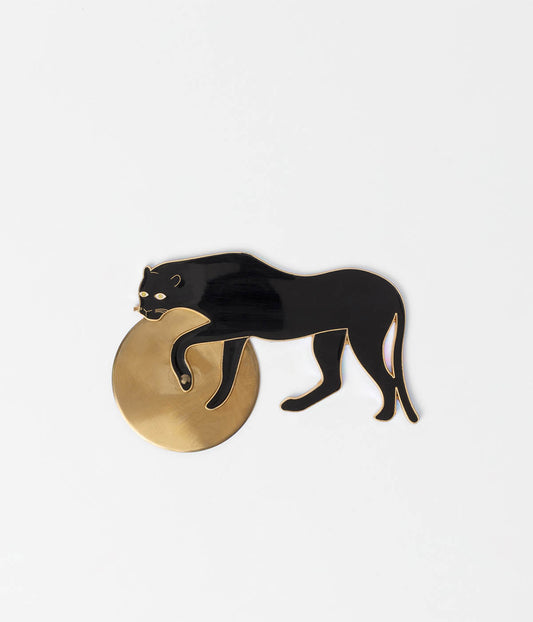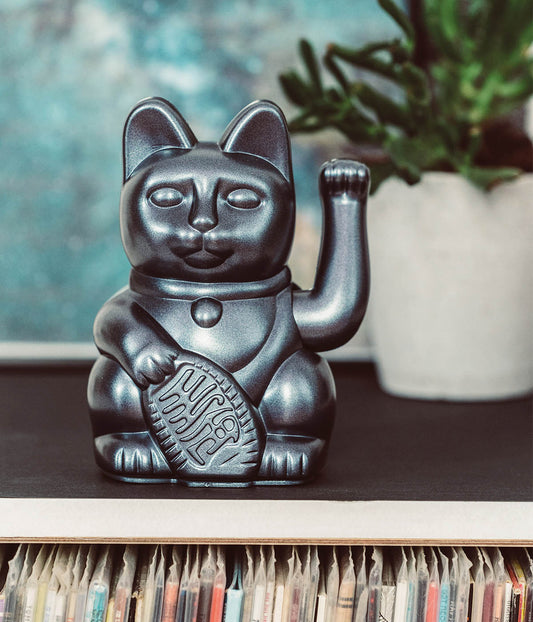
What You Need to Know About Outside Cats in Winter
Marie DuchessAs the temperature drops and snow starts to fall, many cat owners wonder if it's safe to let their furry friends venture outside. While cats are known for their independence and love of exploring, it's important to consider their well-being in cold weather. So, can a cat go outside in winter? Let's find out.
Understanding a Cat's Natural Adaptability
Cats are naturally equipped to handle colder temperatures to some extent. Their fur acts as insulation, keeping them warm and protected from the elements. Additionally, cats have the ability to regulate their body temperature, which helps them stay comfortable in various weather conditions.
Cats without an undercoat, such as the Ragdoll breed, lack the dense, insulating layer of fur that many other cat breeds have. The absence of an undercoat makes these cats more susceptible to temperature extremes, including cold weather. Without the insulating properties of an undercoat, they may feel the cold more intensely.
In winter, especially in snowy conditions, cats without an undercoat may be less equipped to handle the cold. They can get colder more quickly than breeds with thicker fur. It's important to provide them with a warm and sheltered environment if they are outdoors during cold weather. Additionally, cat sweaters or jackets can be considered to provide extra warmth and protection. Always monitor their well-being and bring them indoors if the weather becomes too harsh.
Cats with semi-longhair coats typically have a single coat, as opposed to a double coat that includes a dense undercoat. Here are some examples of semi-longhair cat breeds that generally do not have a double coat:
- Ragdoll: Ragdolls have semi-longhair coats that are silky and low-maintenance.
- Turkish Angora: This breed has a single-layered, fine coat with no undercoat.
- Maine Coon: While Maine Coons have long waterproof fur, they usually have a soft, silky, and less dense undercoat.
- Nebelung: Nebelungs have a semi-longhair coat with a dense, fine texture but typically lack a pronounced undercoat.
- Birman: Birmans have a silky, medium-length coat with no undercoat.
This obviously includes certain breeds known for their short, fine or non existing fur. Here are some examples:
- Sphynx: The Sphynx cat is hairless, lacking a traditional coat altogether.
- Cornish Rex: This breed has a very short and fine coat with minimal undercoat.
- Devon Rex: Similar to the Cornish Rex, the Devon Rex has a short, wavy coat with less undercoat.
- Peterbald: This breed can have a coat ranging from bald to a fine coat with no undercoat.
- Bambino: A crossbreed between the Sphynx and Munchkin, the Bambino often has minimal hair.
The Risks of Letting a Cat Outside in Winter
While cats may have some natural adaptations for colder weather, there are still risks associated with letting them roam outside during winter. Here are a few reasons why it's important to consider keeping your cat indoors:
- Frostbite: Just like humans, cats can suffer from frostbite if exposed to extremely cold temperatures for too long. Their ears, paws, and tails are particularly vulnerable.
- Hypothermia: Cats can also experience hypothermia if they are unable to find shelter and warmth during freezing weather.
- Chemicals and Antifreeze: Winter often means the use of chemicals and antifreeze on roads and sidewalks. These substances can be toxic to cats if ingested or if they come into contact with their paws and then lick them.
- Reduced Visibility: Snow and ice can make it difficult for cats to navigate their surroundings, increasing the risk of accidents or getting lost.
Keeping Your Cat Safe and Comfortable
While it's generally recommended to keep cats indoors during winter, there are still ways to ensure they get the stimulation and exercise they need:
- Create an Enriched Indoor Environment: Provide your cat with plenty of toys, scratching posts, and climbing structures to keep them mentally and physically stimulated.
- Play Interactive Games: Engage your cat in interactive play sessions to keep them active and entertained.
- Use Puzzle Feeders: Stimulate your cat's hunting instincts by using puzzle feeders or hiding treats around the house.
- Consider a Catio: If you have the space and resources, you can create an enclosed outdoor area, known as a catio, where your cat can safely enjoy the fresh air and observe the winter scenery.
Remember, every cat is different, and their tolerance for cold weather may vary. It's essential to monitor your cat's behavior and well-being closely and consult with a veterinarian if you have any concerns.
In conclusion, while cats have some natural adaptations for colder temperatures, it's generally safer to keep them indoors during winter. By providing a stimulating indoor environment and engaging in interactive play, you can ensure your cat stays happy and healthy throughout the winter season.


